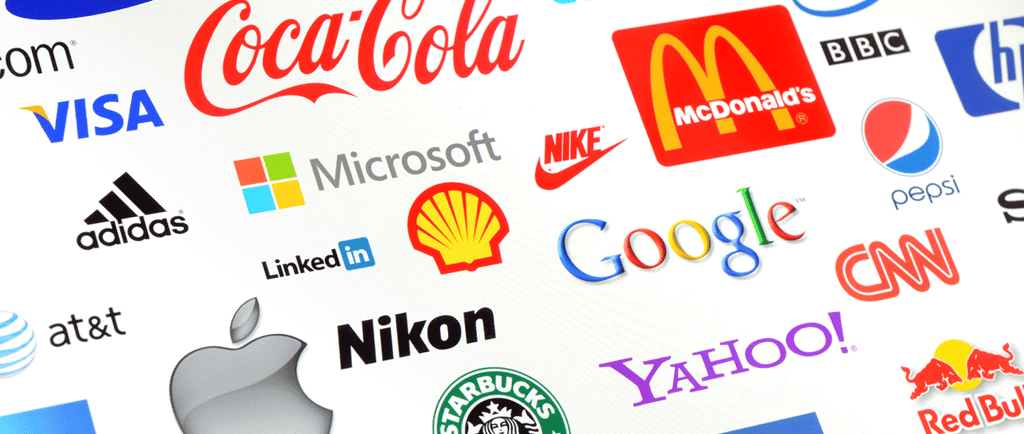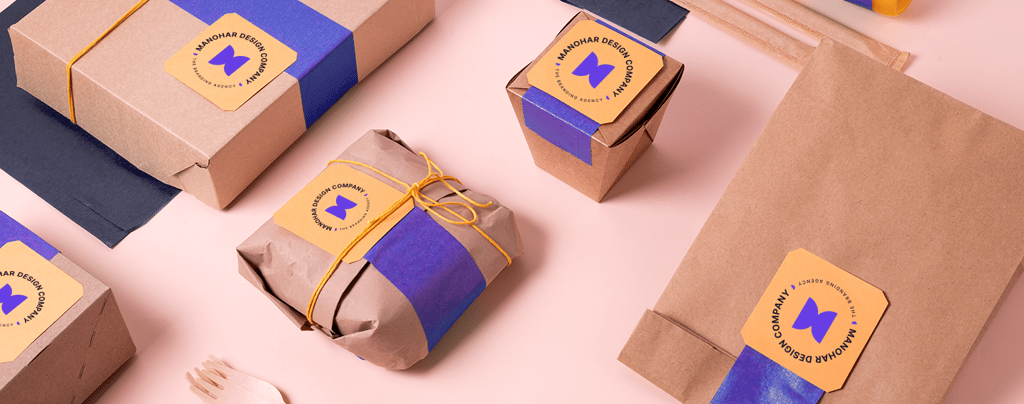The 7 Types of Logos & How to Use Them
Logos are an essential aspect of branding that can help a business stand out in a crowded marketplace. They serve as a visual representation of a company's identity and values, leaving a lasting impression on customers. In this article, we'll explore the seven types of logos and provide insights into how they can be effectively used in branding strategies.
BRAND IDENTITY DESIGN
Manohar Suryavanshi - Founder of MDC
2/8/20243 min read


1. Introduction to Logos
Logos are graphic symbols or icons that represent a company, product, or brand. They are designed to be memorable and instantly recognizable, serving as a visual cue for consumers to identify and connect with a particular brand.
2. Importance of Logos in Branding
Logos play a crucial role in branding by helping to establish brand identity and differentiate a company from its competitors. A well-designed logo can evoke emotions, convey a brand's personality, and build trust with consumers.
3. Types of Logos
Wordmark Logos
Wordmark logos consist of the company's name written in a stylized font or typography. They are simple yet effective in making the brand name memorable.
Lettermark Logos
Lettermark logos are similar to wordmark logos but use the initials or acronym of the company instead of the full name. They are often used by companies with long or complex names to create a more concise and recognizable logo.
Iconic Logos
Iconic logos feature a graphic symbol or icon that represents the brand without the need for text. These logos are highly versatile and can be easily recognized across different mediums.
Combination Logos
Combination logos combine text and graphics to create a cohesive brand identity. They offer the best of both worlds by incorporating both the company name and a visual element into the logo design.
Emblem Logos
Emblem logos are characterized by a symbol or icon enclosed within a shape, such as a circle or shield, along with the company name. They often convey a sense of tradition and authority.
Abstract Logos
Abstract logos use geometric shapes and forms to represent the brand in a unique and creative way. They are open to interpretation, allowing consumers to associate their own meanings with the logo.
Mascot Logos
Mascot logos feature a character or mascot that represents the brand's personality and values. They are playful and engaging, making them ideal for companies targeting a younger audience.
4. Examples of Each Type of Logo
Wordmark: Coca-Cola
Lettermark: IBM
Iconic: Apple
Combination: Adidas
Emblem: Starbucks
Abstract: Nike
Mascot: KFC
5. Factors to Consider When Choosing a Logo Type
When selecting a logo type for your brand, consider factors such as your target audience, industry, brand values, and marketing goals. Choose a logo that resonates with your target market and effectively communicates your brand message.
6. How to Use Logos Effectively in Branding
Once you've chosen a logo type, it's essential to use it consistently across all branding materials, including your website, packaging, advertising, and social media channels. Ensure that your logo is scalable, versatile, and visually appealing to maintain brand coherence and recognition.
7. Conclusion
In conclusion, logos are a vital component of any branding strategy, helping to establish brand identity, build brand recognition, and foster customer loyalty. By understanding the different types of logos and how to use them effectively, businesses can create a strong visual presence that resonates with their target audience.
FAQs
1. How do I know which type of logo is best for my business?
Choosing the right type of logo depends on factors such as your industry, target audience, and brand values. Consider working with a professional designer to create a logo that aligns with your brand identity.
2. Can I use multiple types of logos for my brand?
While it's possible to use multiple types of logos, it's essential to maintain consistency and coherence in your branding efforts. Stick to one primary logo type and use variations sparingly for specific applications.
3. What makes a logo memorable?
Memorable logos are simple, distinctive, and relevant to the brand. They evoke emotions, make a strong impression, and are easily recognizable across different mediums and contexts.
4. How often should I update my logo?
There's no set timeframe for updating a logo, but it's a good idea to periodically review your branding to ensure it remains relevant and aligned with your business goals. Consider updating your logo if it no longer reflects your brand identity or if it looks outdated compared to competitors.
5. Can I create my own logo without professional help?
While DIY logo design tools are available, it's recommended to invest in professional design services for creating a logo that truly represents your brand. Professional designers have the expertise and creativity to develop a unique and impactful logo that sets your brand apart.
Ready to Make Your Mark?
Transform your brand with a stunning logo design from our expert team. Whether you're a startup or an established business, our custom logos are crafted to captivate your audience and leave a lasting impression.
🎨 Crafted with Care:
✅ Unique Designs Tailored to Your Brand
✅ Seamless Process from Concept to Completion
✅ Affordable Packages to Fit Any Budget
✅ Unlimited Revisions Until You're Satisfied
🚀 Start Your Brand's Journey Today!
Don't settle for ordinary. Let us elevate your brand identity and help your business stand out in a crowded market. Contact us now to get started!


